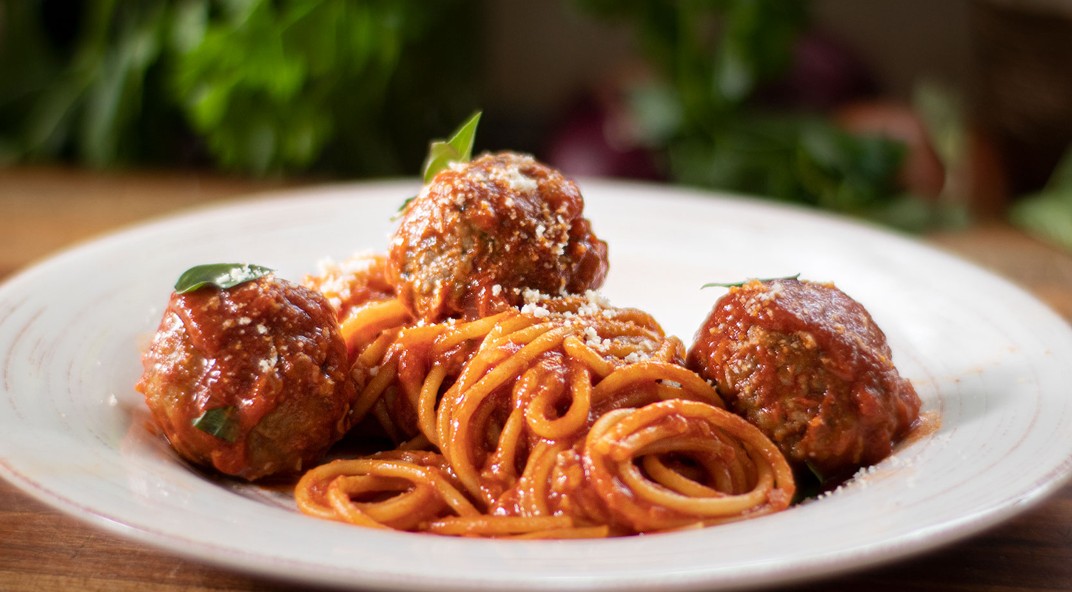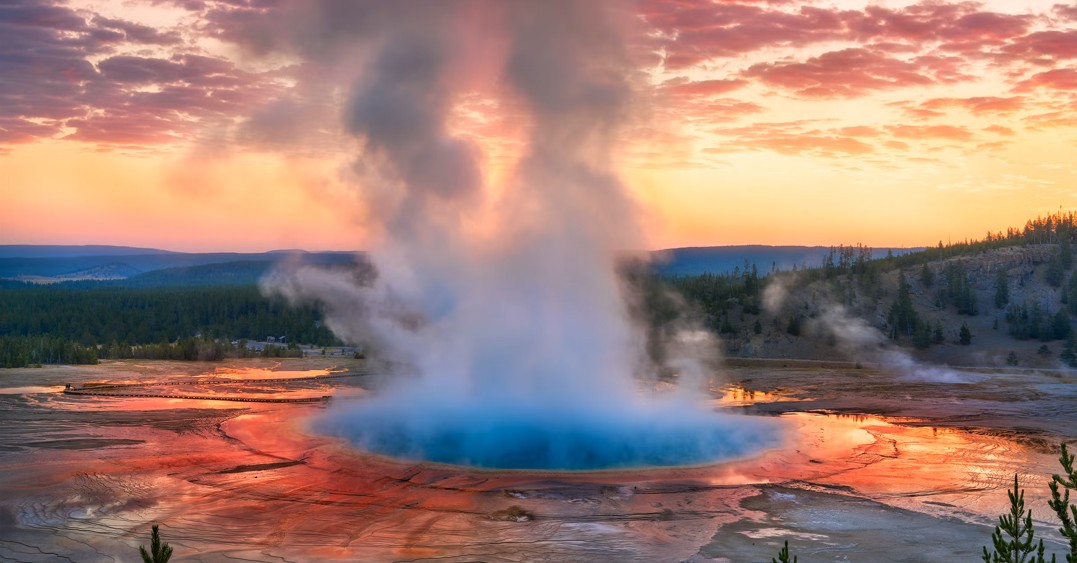
That creamy, tangy condiment that graces our sandwiches, binds our salads, and serves as the base for countless sauces – mayonnaise. It’s so ubiquitous in modern kitchens that it’s easy to take its existence for granted. But have you ever stopped to consider its origins? The history of mayonnaise is a surprisingly rich tapestry woven with tales of naval battles, ingenious chefs, linguistic twists, and industrial innovation.
The Most Popular Origin: The Mahón Legend
The most widely accepted, and certainly the most romantic, tale of mayonnaise’s birth dates back to 1756. The setting is the Mediterranean island of Minorca, specifically its capital, Mahón. During the Seven Years’ War, the French fleet, led by Duke de Richelieu, had just captured the port from the British.
According to the legend, following the victorious battle, Richelieu’s chef was preparing a celebratory meal. However, in the chaos of war, he found himself without cream or butter, essential ingredients for his planned sauce. Resourceful and under pressure, the chef improvised. He whipped together egg yolks, olive oil, and a touch of lemon juice or vinegar, creating a stable, rich, and delicious emulsion. The Duke was reportedly delighted. In honor of the place where this culinary alchemy occurred, he christened the new sauce “Mahonnaise” (or sauce mahonnaise).
This story is appealing and widely repeated, offering a clear, dramatic origin for a beloved condiment.
Beyond the Legend: Other Theories & Early Ancestors
While charming, the Mahón narrative might be more legend than undisputed fact. Many food historians point to earlier, similar preparations, suggesting mayonnaise evolved rather than being invented in a single moment.
- Linguistic Roots: Some argue the name might derive from linguistic origins rather than a place.
- “Moyeu”: A medieval French word for egg yolk, which is the emulsifying agent. So, “sauce au moyeu” could have evolved into “mayonnaise.”
- “Magnonaise”: Referring to a sauce that is “beaten” or “stirred vigorously.”
- Bayonne, France: Another theory suggests the sauce originated in the Basque region, near the town of Bayonne, leading to “Bayonnaise.”
- Mayenne: A duke of Mayenne is also sometimes credited.
- Earlier Emulsions: Emulsified sauces made with oil and garlic (like the Spanish alioli or aïoli) have existed for centuries. The conceptual leap to using egg yolk instead of garlic as the primary emulsifier might not have been a sudden revelation but a gradual refinement. Early French cookbooks from the 18th century, such as Menon’s Cuisinière Bourgeoise (1742), contain recipes for sauces that strongly resemble mayonnaise, albeit without explicitly using the name.
From Aristocratic Tables to Every Kitchen
Regardless of its precise birth, mayonnaise slowly began its ascent through French cuisine. By the 19th century, it was firmly established in French culinary literature, appearing in the influential cookbooks of chefs like Antoine Beauvilliers and Marie-Antoine Carême, who refined and popularized many classical French dishes.
From France, mayonnaise journeyed across the Atlantic to America. Initially, it was a delicacy found in high-end restaurants and the homes of the wealthy. Early American cookbooks of the mid-19th century began to feature recipes for “Mayonnaise Sauce,” often served with cold meats or salads.
The Age of Industrialization
The true democratization of mayonnaise came in the early 20th century, driven by the rise of industrial food production. Until then, it was a temperamental sauce made fresh, prone to separating, and with a short shelf life.
- Homemade to Commercial: As demand grew, especially for use in salads (like the increasingly popular potato and chicken salads), entrepreneurs saw an opportunity.
- Hellmann’s: In 1905, Richard Hellmann, a German immigrant, started selling his wife’s homemade mayonnaise in his New York deli. It was a hit, and by 1912, he had built a factory, marking the beginning of the iconic Hellmann’s brand (known as Best Foods west of the Rocky Mountains).
- Kraft and Others: Other companies soon followed suit, developing methods for mass production that ensured consistency, stability, and a longer shelf life. This made mayonnaise affordable and accessible to the average household, cementing its place as a kitchen staple.
Mayonnaise Today: A Global Phenomenon
Today, mayonnaise is more than just a condiment; it’s a global culinary ambassador, adapting to local tastes and preferences.
- Japan: Kewpie Mayonnaise, with its distinct rich flavor (often using only egg yolks and rice vinegar), has achieved cult status worldwide.
- Latin America: Mayonnaise is incredibly popular, often used as a base for sauces, a topping for street food, and an accompaniment to a wide array of dishes.
- Europe: While French mayonnaise remains classic, countries like Germany and the Netherlands also have strong traditions of using the condiment, often with slightly different consistencies or mustard levels.
From a hurried battlefield concoction to a meticulously crafted industrial product, mayonnaise has undergone a remarkable transformation. Its journey is a testament to human ingenuity – the ability to create something enduringly delicious from simple ingredients, driven by necessity, refined by culinary artistry, and ultimately made accessible through innovation. So, the next time you spread that creamy white sauce, remember the rich, sometimes legendary, history behind it.






